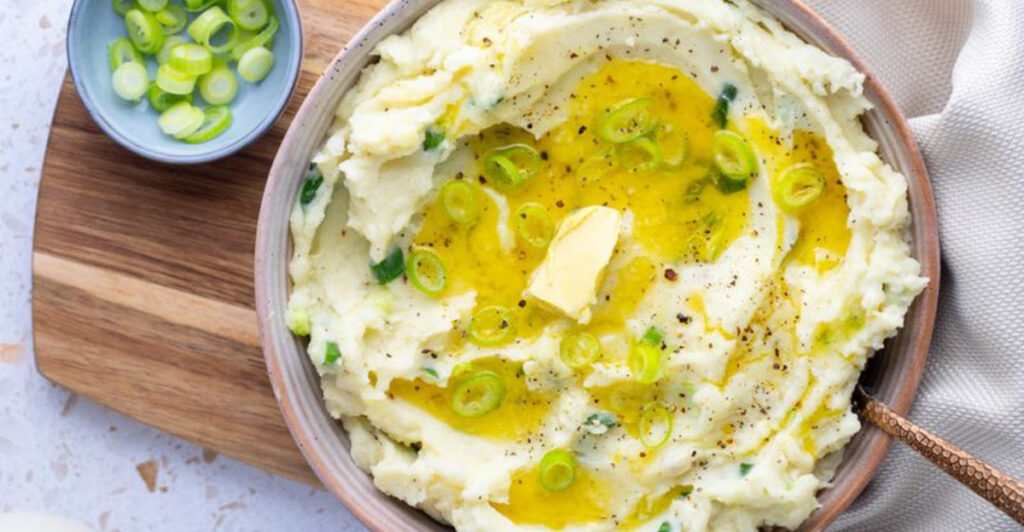Ireland’s food culture goes far beyond the simple potato dishes many people imagine. From hearty stews that warm you on cold days to sweet breads filled with surprises, Irish cooking tells stories of families, traditions, and regional pride. Get ready to discover amazing flavors that have been passed down through generations of Irish cooks.
1. Irish Stew
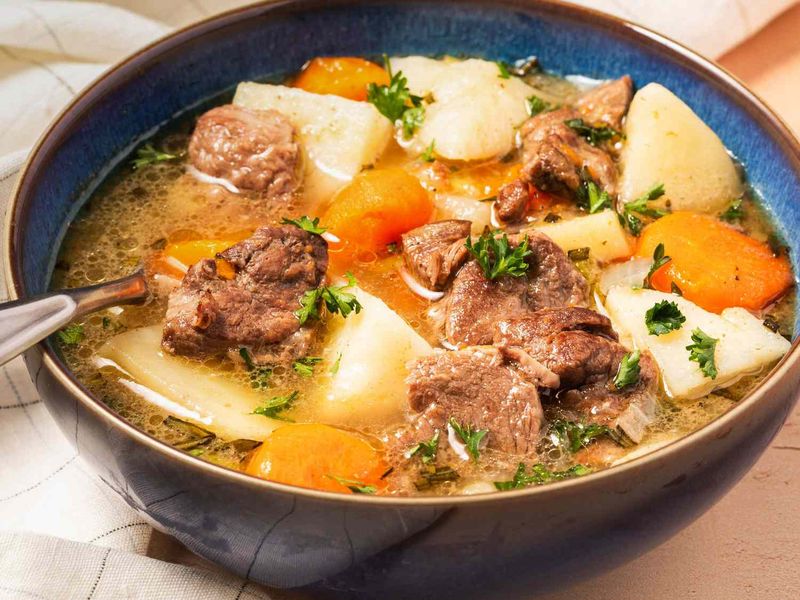
Nothing says comfort food quite like a steaming bowl of Irish stew on a rainy afternoon. Traditional recipes call for lamb, potatoes, onions, and carrots simmered slowly until everything becomes tender and flavorful.
Every Irish family has their own secret way of making this dish perfect. Some add parsley for freshness, while others swear by a splash of Guinness for extra richness and depth.
2. Irish Soda Bread
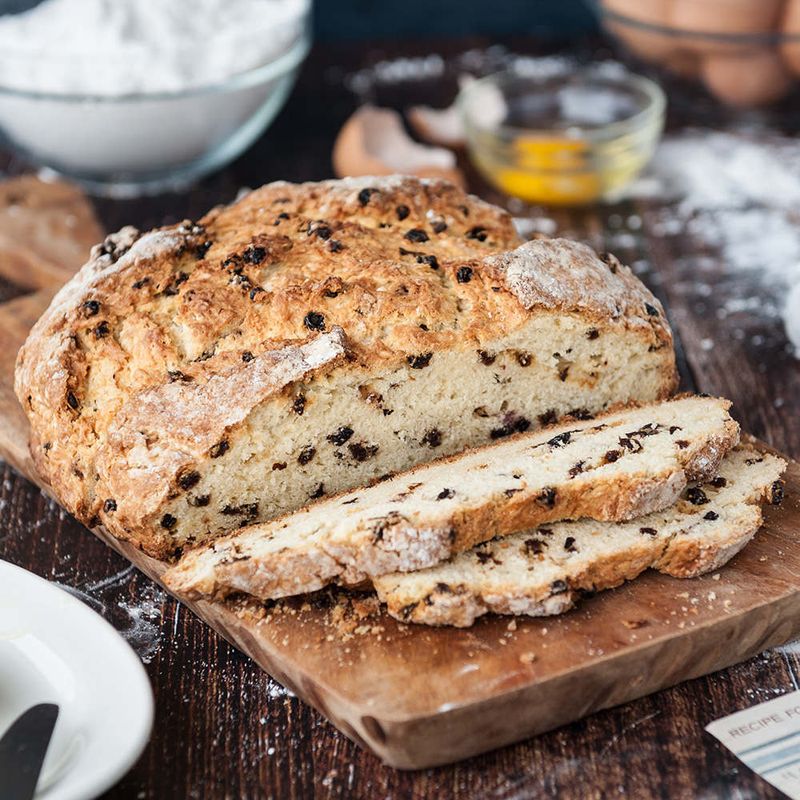
Quick and easy to make, soda bread became popular because it doesn’t need yeast or long rising times. Irish bakers mix flour, baking soda, buttermilk, and salt to create this dense, slightly tangy bread.
The cross cut on top isn’t just for looks – it helps the bread bake evenly and some say it lets evil spirits escape. Perfect with butter and jam for breakfast or alongside any Irish meal.
3. Champ
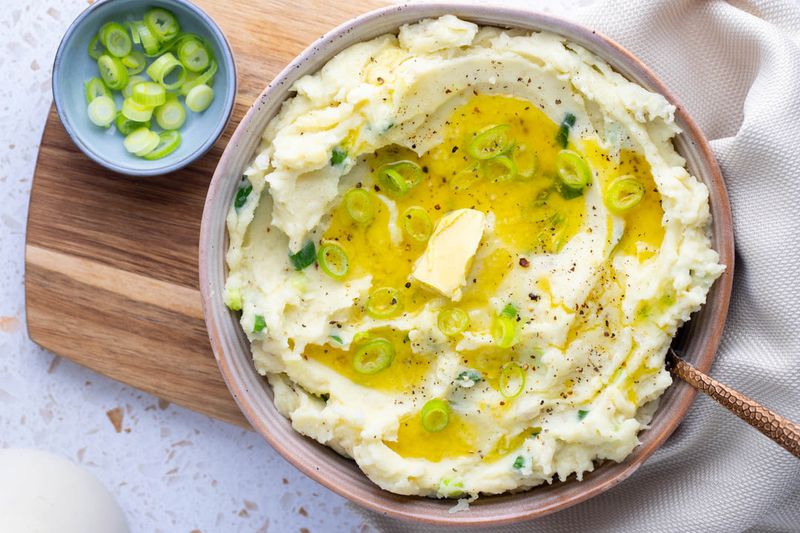
Similar to colcannon but made with green onions instead of cabbage, champ creates a milder flavor that kids and adults both enjoy. The scallions add a gentle onion taste without being too strong or overpowering.
Northern Ireland claims this dish as their specialty, often serving it alongside grilled meats or fish. A well of melting butter in the center makes each bite rich and satisfying.
4. Boxty
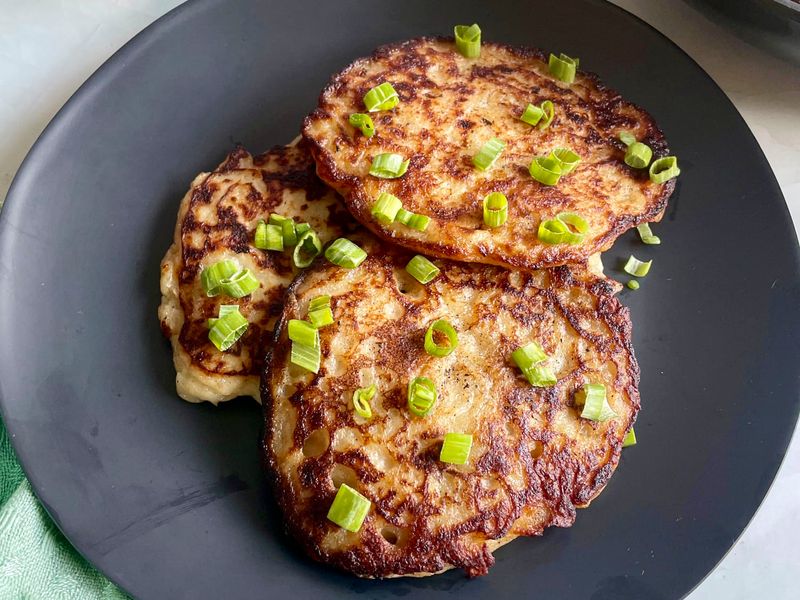
Half pancake, half hash brown, boxty combines grated raw potatoes with mashed cooked potatoes for an interesting texture. Flour and buttermilk hold everything together while baking soda makes them light and fluffy.
County Leitrim considers boxty their signature dish, often serving it with smoked salmon for special occasions. The crispy outside and soft inside make every bite a delightful surprise for your taste buds.
5. Barmbrack
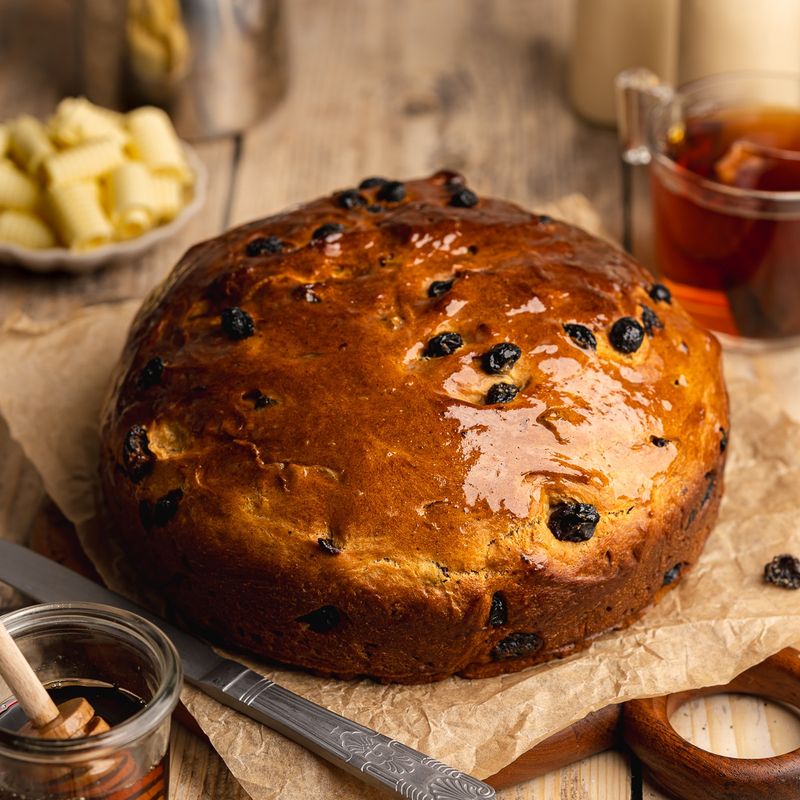
Sweet and fruity, this tea bread packed with sultanas and raisins makes afternoon tea extra special. The dried fruits soak up flavors and create pockets of sweetness throughout the dense, cake-like bread.
Halloween brings extra excitement when bakers hide small objects inside. Finding a ring means you’ll marry soon, while a pea suggests you’ll stay single for another year.
6. Colcannon
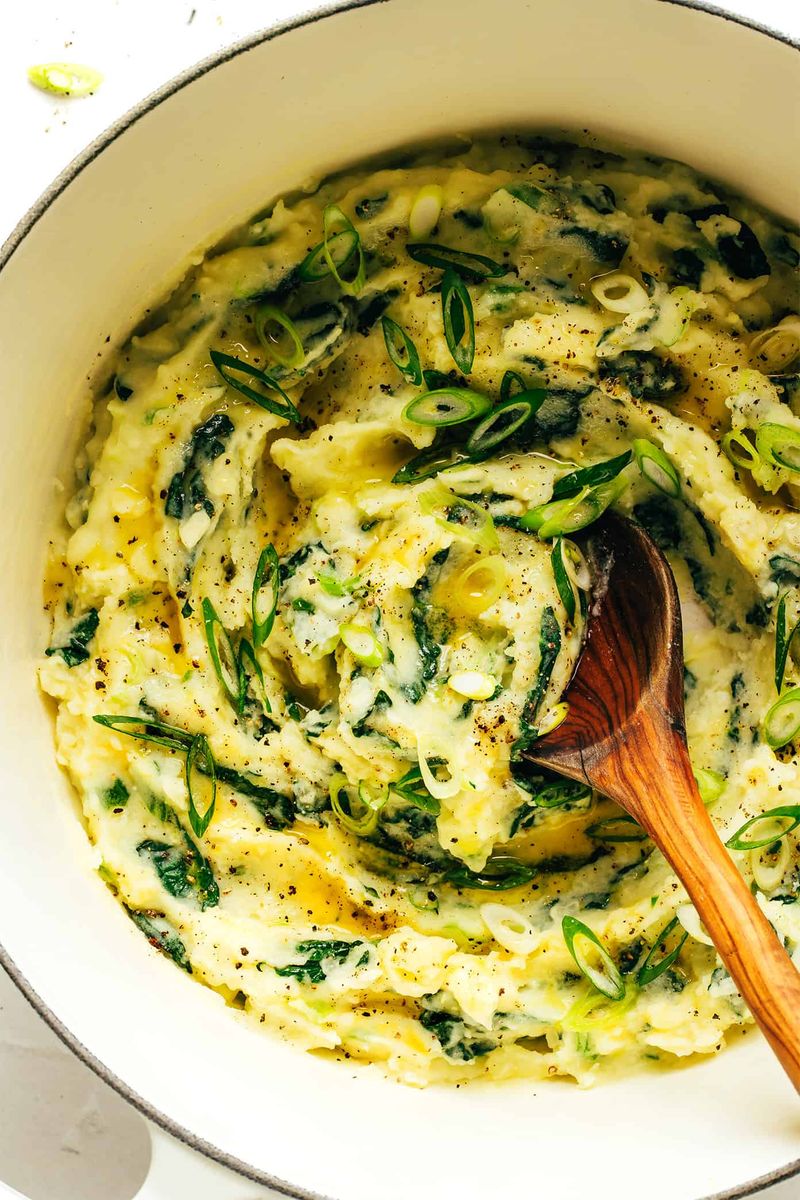
Creamy mashed potatoes get a healthy boost when mixed with chopped cabbage or kale in this beloved Irish side dish. The green vegetables add color, nutrition, and a slight crunch that makes ordinary mashed potatoes special.
Halloween tradition includes hiding small charms in colcannon to predict the future. A ring means marriage, while a coin promises wealth in the coming year.
7. Black Pudding
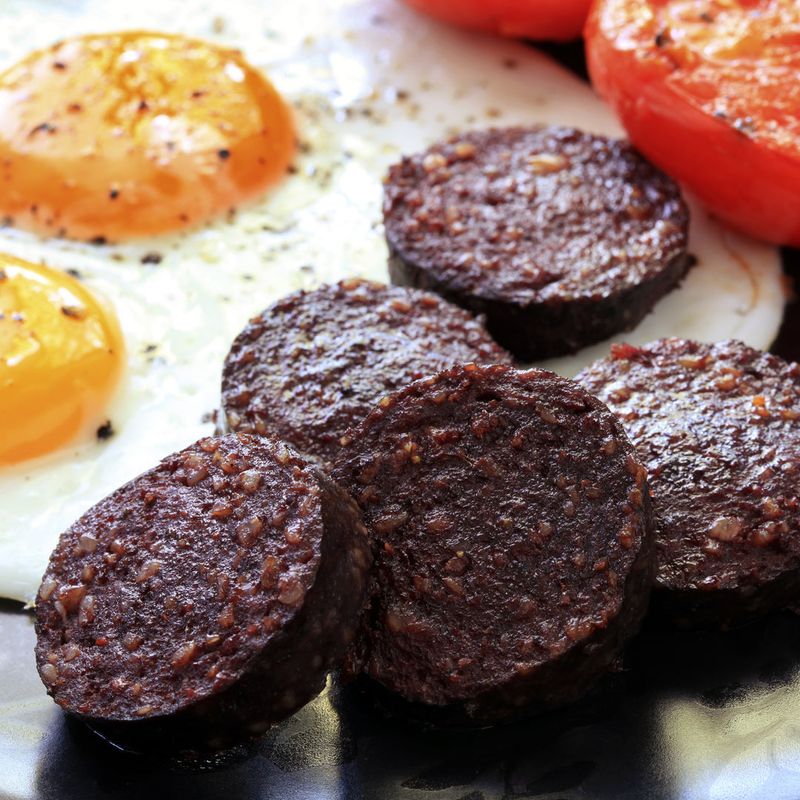
Don’t let the name scare you away from this protein-rich breakfast sausage made from pig’s blood, pork fat, and oatmeal. The blood creates a dark color while the oats add texture and help hold everything together.
Part of every traditional Irish breakfast, black pudding tastes much better than it sounds. When fried until crispy outside, it becomes creamy inside with a rich, savory flavor that pairs perfectly with eggs.
8. White Pudding
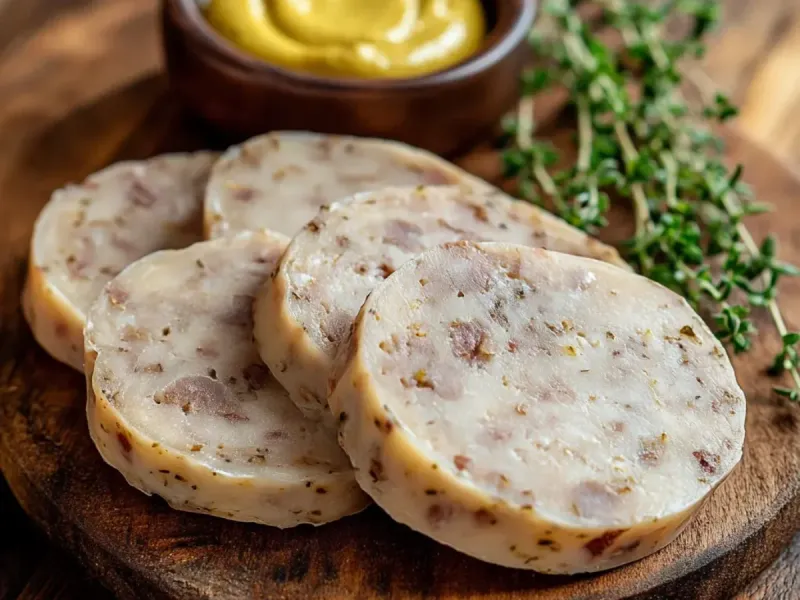
Made without blood, white pudding uses pork meat, suet, and oatmeal seasoned with herbs and spices. The lighter color and milder taste make it more appealing to people who find black pudding too strong.
Northern Ireland especially loves white pudding as part of their Ulster Fry breakfast. The creamy texture and subtle flavors complement eggs, bacon, and soda bread without overwhelming your morning meal.
9. Beef and Guinness Stew
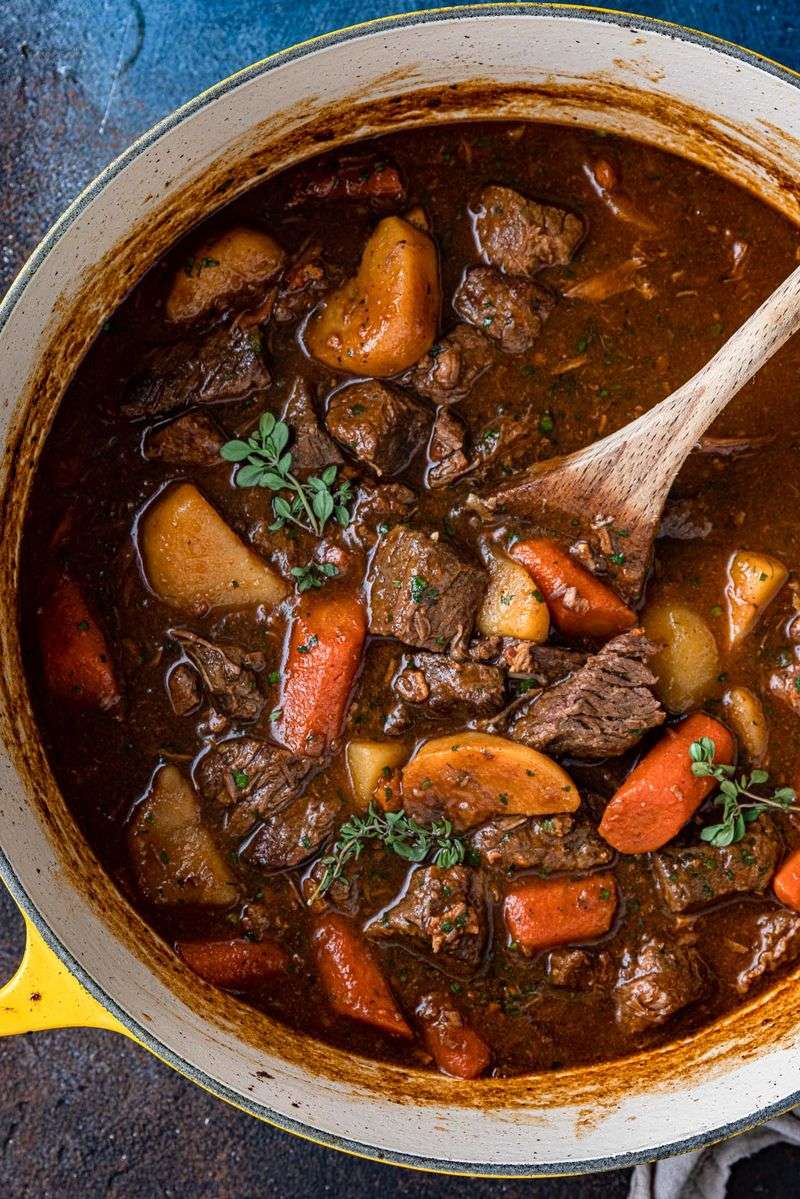
When Irish stew meets Ireland’s famous dark beer, magic happens in the cooking pot. The Guinness adds deep, rich flavors while helping to tenderize the beef during long, slow cooking.
Root vegetables like carrots, parsnips, and potatoes soak up all the delicious flavors. The alcohol cooks away, leaving only the malty sweetness and slight bitterness that makes this stew unforgettable.
10. Irish Brown Bread
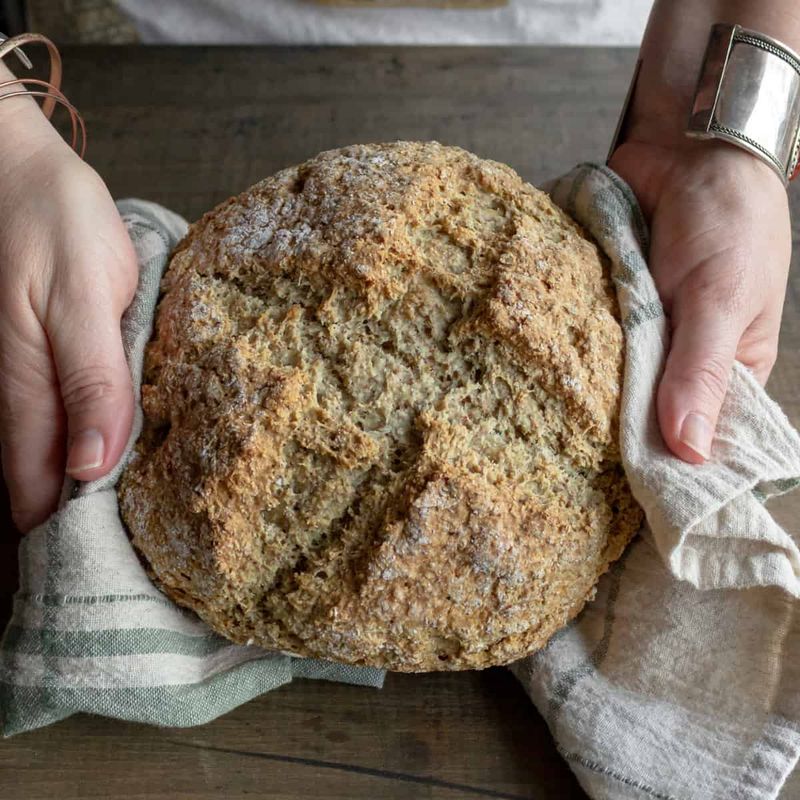
Whole wheat flour gives this hearty bread its brown color and nutty flavor that’s much more complex than regular white bread. The dense texture makes it perfect for spreading with butter or using as a base for open-faced sandwiches.
Also called wheaten bread in Northern Ireland, this nutritious option provides fiber and keeps you full longer. Toasted slices make an excellent foundation for smoked salmon or sharp Irish cheese.
11. Drisheen
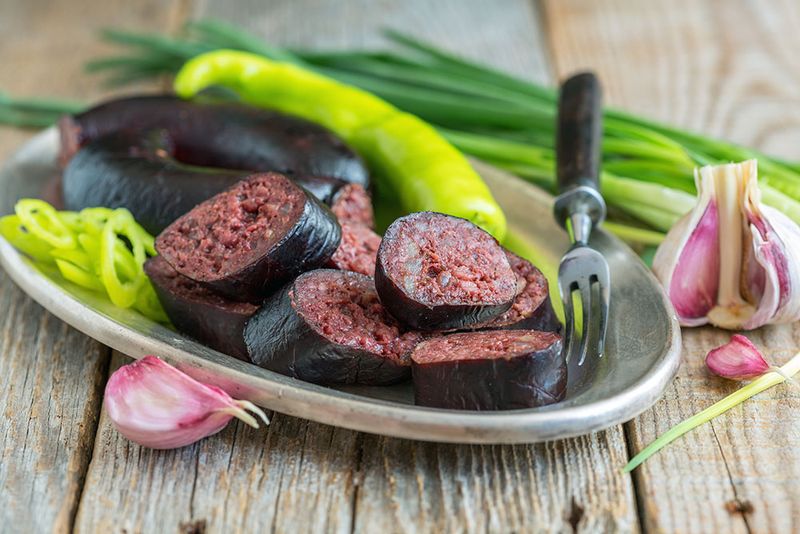
Cork’s specialty blood sausage differs from black pudding by using lamb’s blood instead of pig’s blood, creating a softer, more delicate texture. The mixture stays creamy rather than firm, making it almost pudding-like.
Traditionally served with boiled tripe and onions, drisheen challenges adventurous eaters to try something completely different. The mild flavor surprises people who expect something much stronger or more unusual tasting.
12. Dublin Coddle
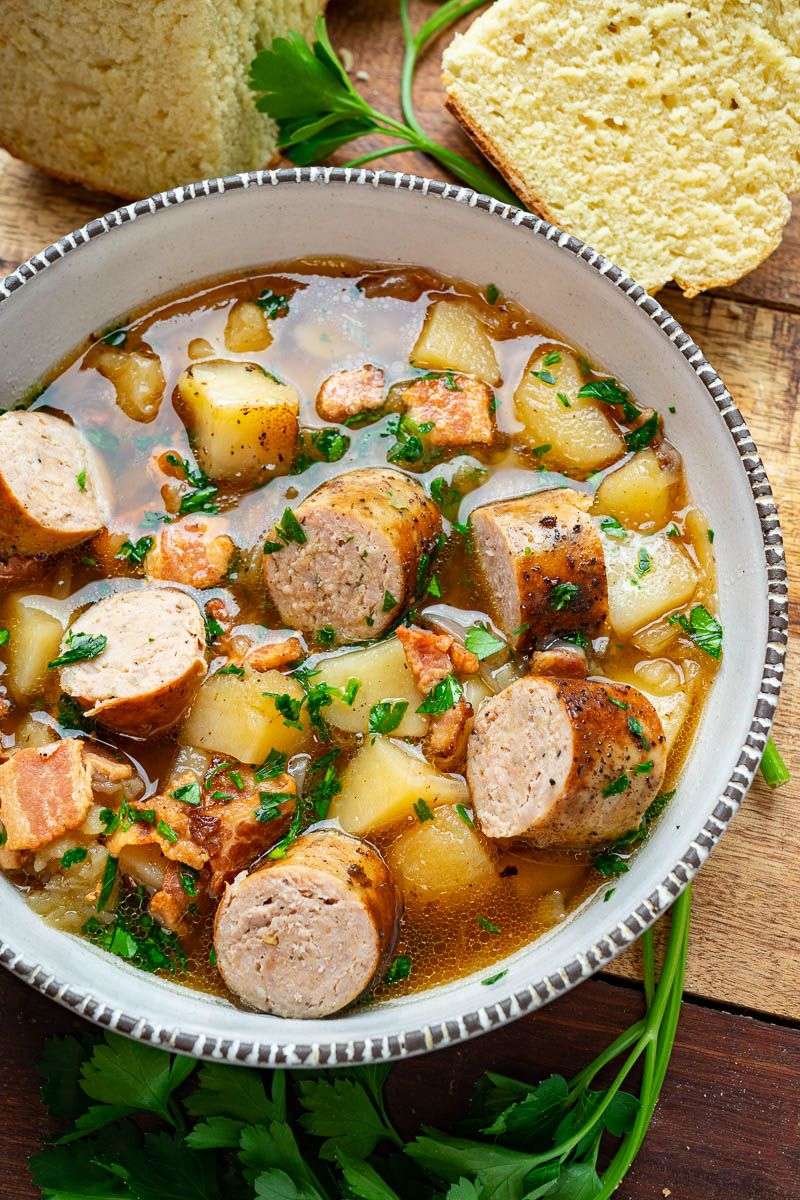
Dublin’s answer to comfort food combines sausages, bacon, potatoes, and onions in one hearty pot. The ingredients simmer together slowly, creating a satisfying meal that uses simple, affordable ingredients available to working-class families.
No fancy techniques or expensive ingredients needed – just good Irish sausages and bacon with vegetables. The long cooking time lets all the flavors blend together into something greater than its parts.
13. Seaweed Snacks
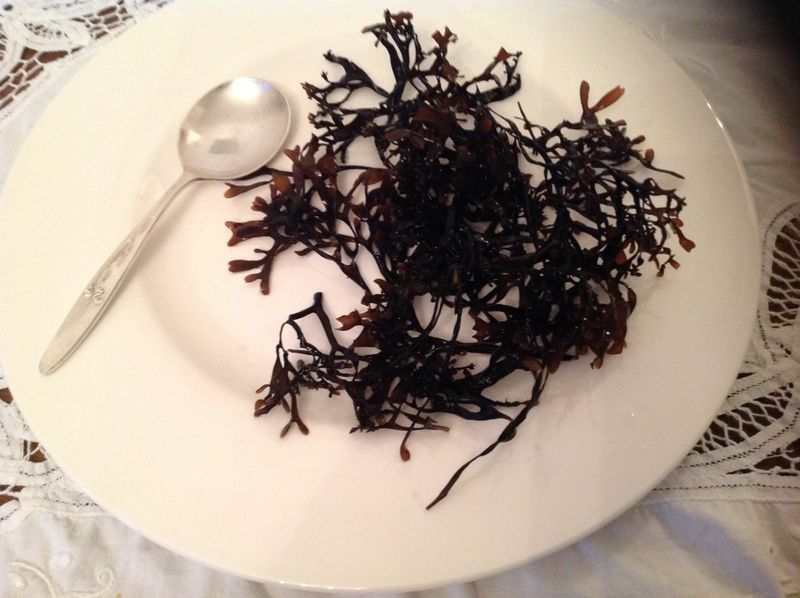
Coastal Ireland has always used ocean vegetables like dulse and carrageen moss for food and medicine. These nutrient-packed seaweeds provide vitamins and minerals that inland vegetables can’t match.
Dulse tastes salty and slightly smoky when dried, making it a healthy alternative to potato chips. Carrageen moss becomes a creamy pudding when cooked with milk and sugar, creating an unusual but delicious dessert.
14. Smoked Salmon
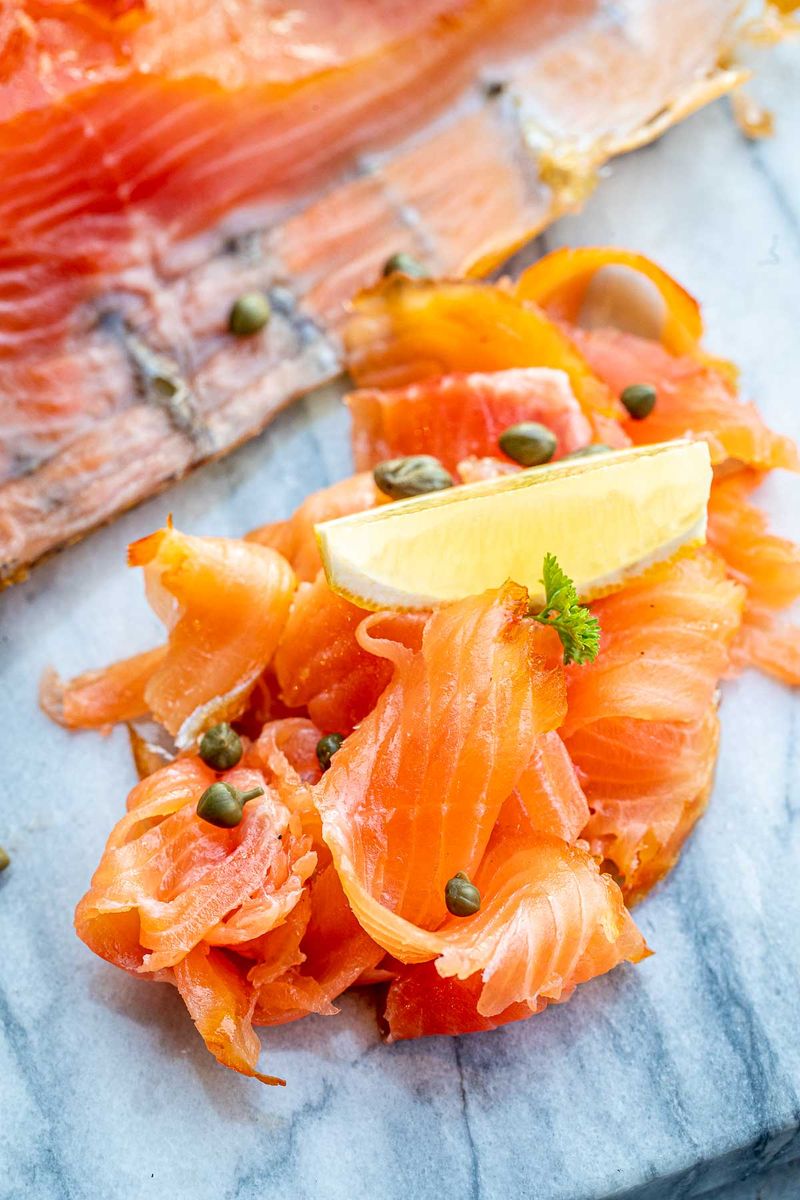
Ireland’s clean rivers and coastal waters produce some of the world’s finest salmon, which skilled smokers cure with oak or other hardwoods. The cold-smoking process preserves the fish while adding incredible flavor.
Wild Atlantic salmon has a richer taste than farmed fish, with firm texture and deep color. Served on brown bread with cream cheese or scrambled eggs, Irish smoked salmon makes any meal feel special.
15. Irish Seafood Chowder
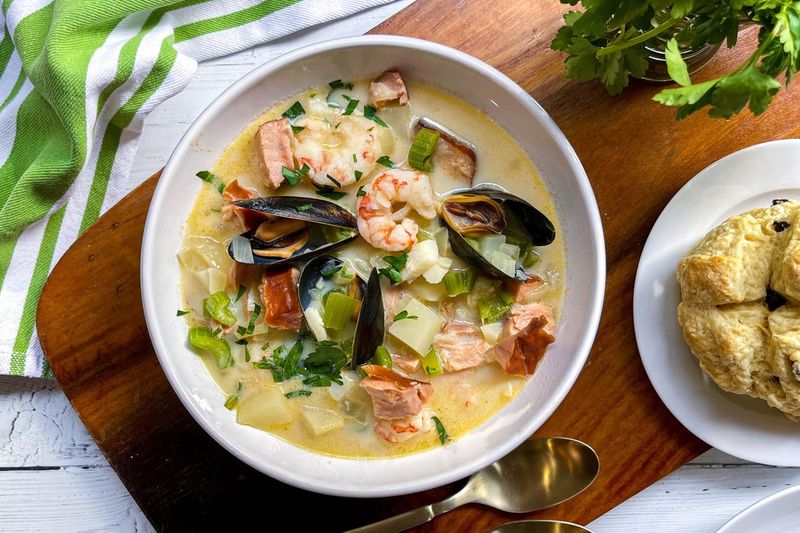
Coastal villages create amazing chowders using whatever fresh seafood the boats bring in that day. Salmon, cod, mussels, and prawns swim in creamy broths thickened with potatoes and flavored with fresh herbs.
Each coastal town has its own special recipe passed down through fishing families. The key is using the freshest possible seafood and not overcooking the delicate fish and shellfish.
16. Connemara Lamb
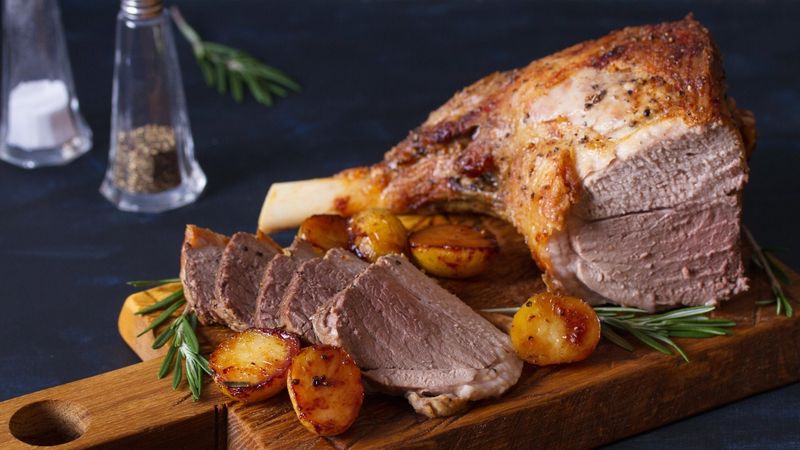
Sheep grazing on Connemara’s wild grasses and herbs develop meat with unique, complex flavors you can’t find anywhere else. The harsh Atlantic climate and rocky landscape create tough conditions that produce incredibly tasty lamb.
Local restaurants prepare this special lamb simply to let the natural flavors shine through. Roasted with rosemary and garlic or slow-cooked in traditional stews, Connemara lamb represents Irish farming at its finest.
17. Sea-Salted Seaweed Snacks
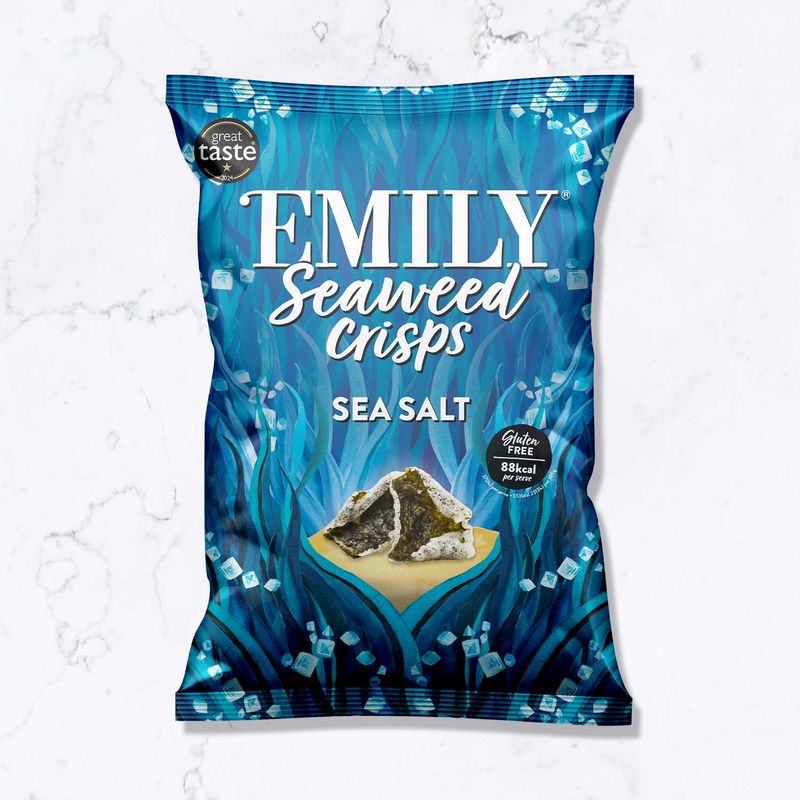
Modern Irish food companies now package traditional seaweed into convenient snacks that health-conscious people love. These crispy treats provide the same nutrition coastal families have enjoyed for centuries.
Lightly salted and perfectly dried, they taste like healthy potato chips with ocean flavors. Rich in iodine, vitamins, and minerals, these snacks prove that traditional Irish foods can fit perfectly into modern diets.
18. Cheese Scones
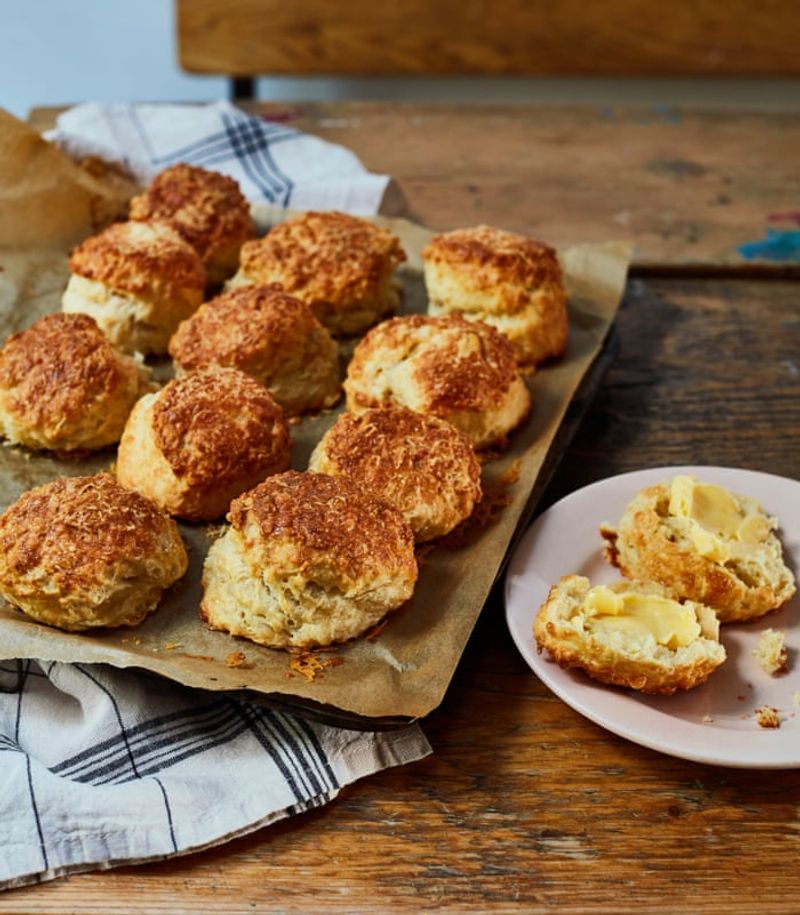
Irish bakers add sharp cheddar cheese to basic scone recipes, creating savory treats perfect for afternoon tea or light lunches. The cheese melts slightly during baking, creating pockets of rich, tangy flavor throughout.
Best served warm from the oven with butter, these scones make excellent companions to soup or salad. Irish farmhouse cheeses work particularly well, adding authentic flavors that mass-produced cheeses simply cannot match.
19. Irish Potato Farls
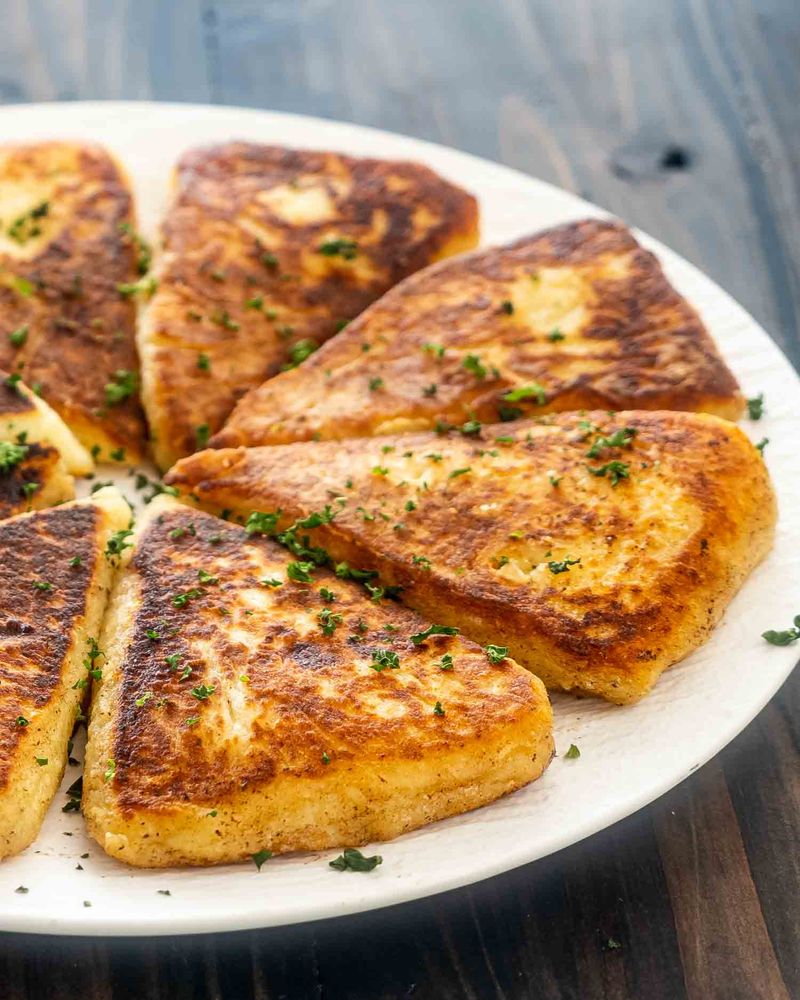
Northern Ireland’s contribution to potato bread, farls use cooked mashed potatoes mixed with flour and salt, then rolled flat and cut into triangular quarters. The name comes from “fardel,” meaning fourth part.
Cooked on a griddle until golden brown, farls become crispy outside while staying soft inside. Essential components of Ulster Fry breakfasts, they also make excellent bases for sandwiches or sides for any meal.
20. Waterford Blaa
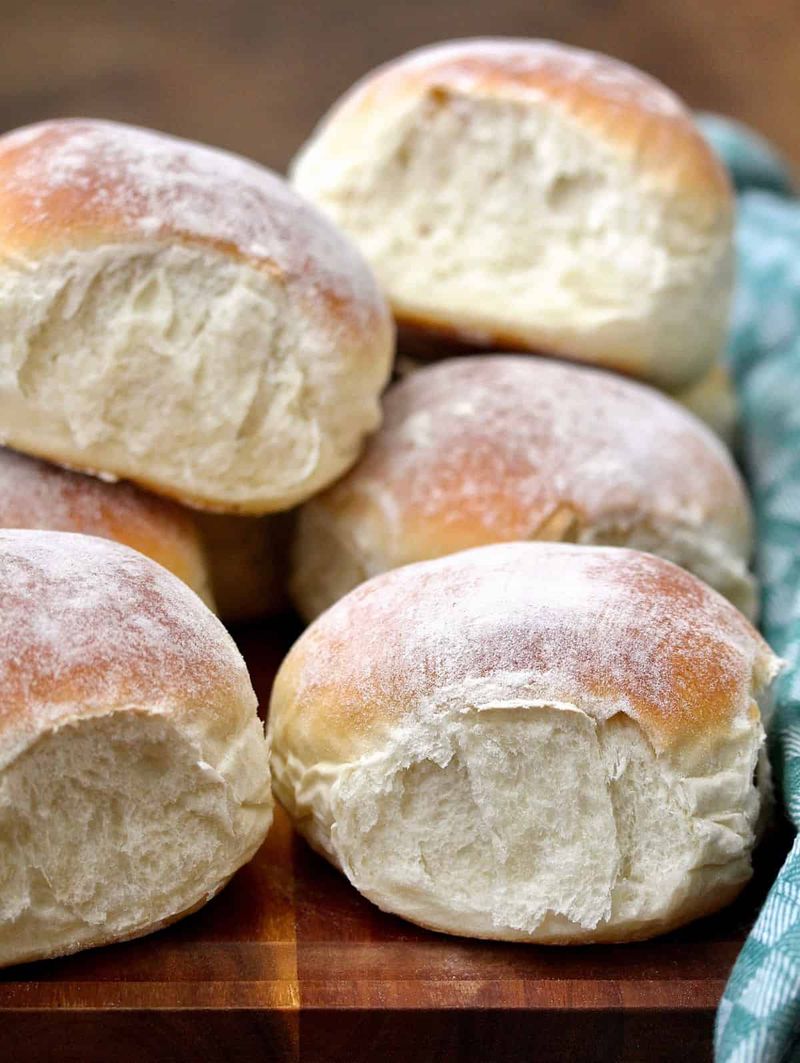
This unique soft white roll comes exclusively from Waterford city, where bakers have made them the same way for over 300 years. The doughy texture and floury exterior make blaas unlike any other Irish bread.
Perfect for breakfast sandwiches filled with bacon and eggs, blaas have such local importance that Waterford people often bring them as gifts when visiting other parts of Ireland or traveling abroad.
21. Caudel
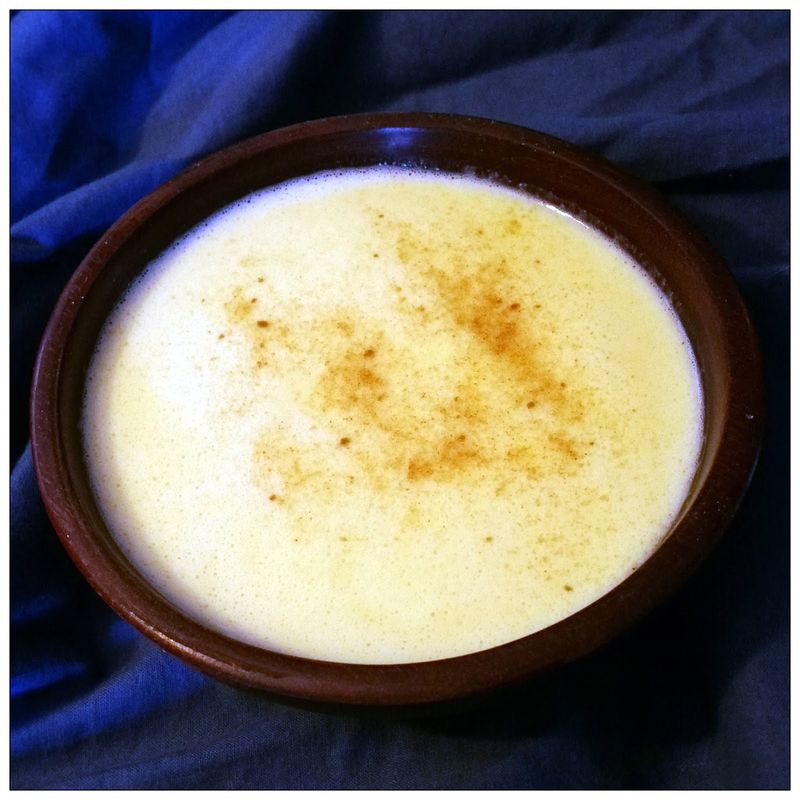
Medieval Ireland’s version of eggnog, caudel mixes eggs, milk, sugar, and spices into a warming drink perfect for cold nights. Sometimes thickened with bread or oatmeal, it becomes more like a thin pudding.
Traditionally served to new mothers and sick people for strength and nutrition, caudel provided comfort when modern medicines weren’t available. The warm spices and rich ingredients made it both medicine and treat.
22. Irish Coffee
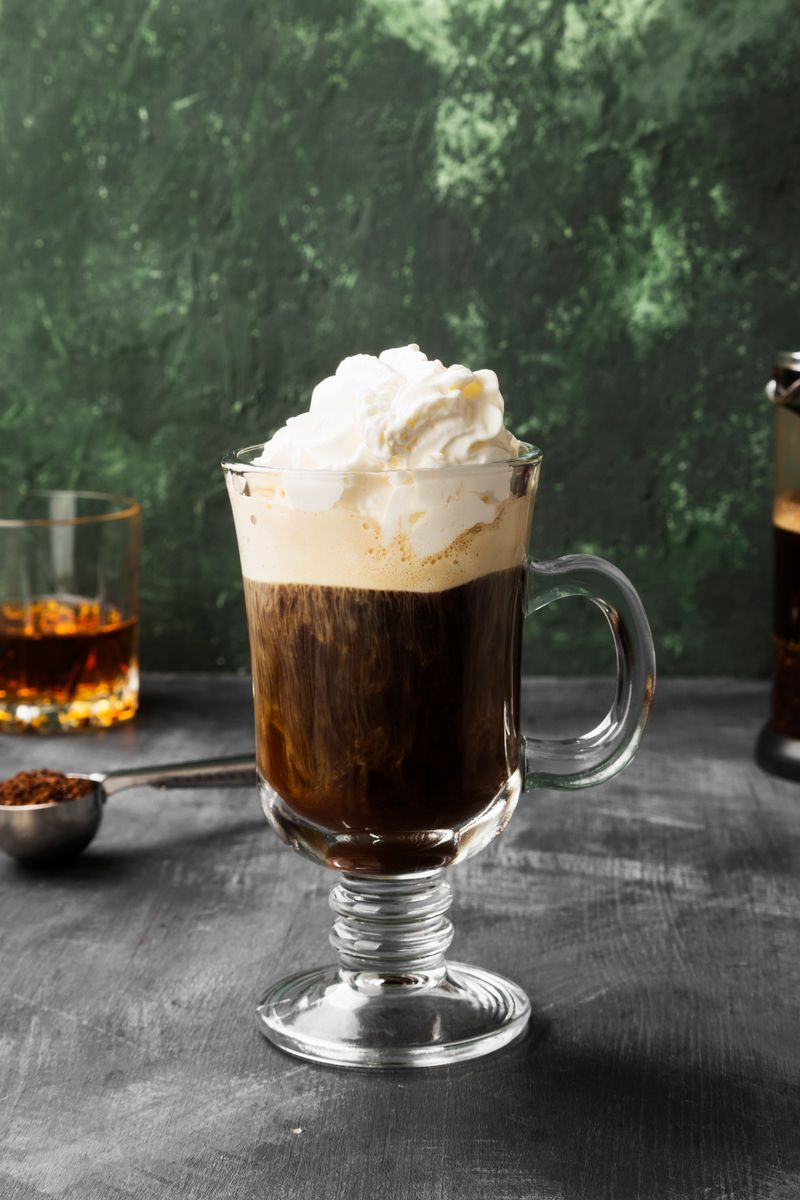
Created at Shannon Airport in the 1940s to warm up cold travelers, Irish coffee combines hot coffee, Irish whiskey, sugar, and cream in perfect harmony. The creator wanted something stronger than coffee but sweeter than whiskey.
The key is floating cream on top without mixing it into the coffee below. When done correctly, you taste cool cream first, then hot, sweet, boozy coffee underneath – a perfect ending to any Irish meal.

